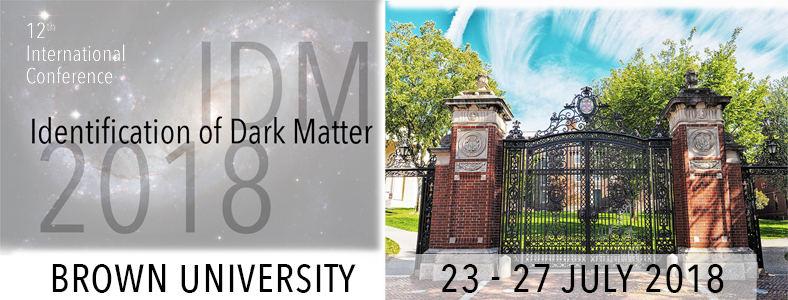Speaker
Description
The GAPS Antarctic balloon payload is the first experiment optimized specifically for low-energy antideuteron and antiproton cosmic-ray signatures. Low-energy antideuterons have been recognized as an extraordinarily low-background signature of new physics, and low-energy antiprotons are probes of both light dark matter and cosmic-ray propagation models. Together, these signatures open new discovery space in cosmic rays, providing complementary coverage with direct detection, collider, and other indirect dark matter searches. GAPS is currently scheduled by NASA for its first Antarctic flight in late 2020. The experiment uses a novel detection technique, based on exotic atom capture and decay, to be sensitive to antinuclei in an unprecedented low energy range (<0.25 GeV/n) and to provide high rejection factors for rare antideuteron searches. The heart of GAPS will be 10 planes of lithium-drifted Si (Si(Li)) detectors, surrounded on all sides by a plastic scintillator time-of-flight. In this contribution, I will present the design, status, and discovery potential of the GAPS scientific program.
